The Challenge
Managing network fault level, the highest amount of current that could flow in an electrical system under short circuit or fault conditions, is one of the major network planning challenges faced by distribution network operators (DNOs).
Network assets are designed to specific fault level ratings that must not be exceeded in fault conditions to avoid catastrophic failure of those assets. During fault incidents, the fault current can be very high, sometimes 15 – 20 times more than normal operating levels of current. Therefore, ensuring that the fault level remains within the asset rating is essential for protecting assets, security of supply and personnel.
In the drive to meet the 2030 Net Zero targets, there is an unprecedented demand on DNOs to offer customers low cost and timely connections of low carbon technologies (LCTs). However an increase in distributed generation connecting to the network will cause the fault level to fluctuate and increase. The only way to increase headroom between the projected fault level and design limits of the network is via traditional network reinforcement, but this is expensive and time consuming. Hence, innovative approaches are also needed to safely maximise the utilisation of existing network capacity prior to any network reinforcement being undertaken.
Conversely, if the fault level is substantially below the protection settings, the network becomes vulnerable to power quality issues. In the worst-case scenario, this could render the network unsafe, as the fault current could be too low for the protection system to operate effectively.
It’s therefore crucial for the DNOs to have the ability to monitor and manage fault levels for the safe and efficient management of the electricity network.
The Solution
The Real Time Fault Level Monitor (RTFLM) is a compact cubicle, installed in substations, that calculates fault level by measuring very small changes in voltage, in response to precisely controlled electronically switched loads.
The fault level data can then be transmitted through a DNOs supervisory control and data acquisition (SCADA) system to the relevant network control centres in real time. This allows DNOs to actively manage the network based on accurate faut level measurements, instead of offline model determined values.
Accurate identification of available network capacity through the RTFLM will potentially allow the DNOs to connect higher volumes of renewable generation, while spending less on upgrading network infrastructure.
The RTFLM is the first of it’s kind, and this project represents the first time that fault level has been successfully measured in real time at electricity distribution voltage levels (demonstrated at 6.3kV up to 36.4kV inclusive to date).
John Outram, Managing Director
Outram Research
“We are coming to the end of the NIA phase of the (RTFLM) project with SPEN and UKPN. We’re grateful for the EIC’s support in holding the project together, rendering the the bureaucratic path easy and generally caring about us and the success of the project.
“We look forward to a continuing relationship as we move to business as usual. Thank you EIC.”

